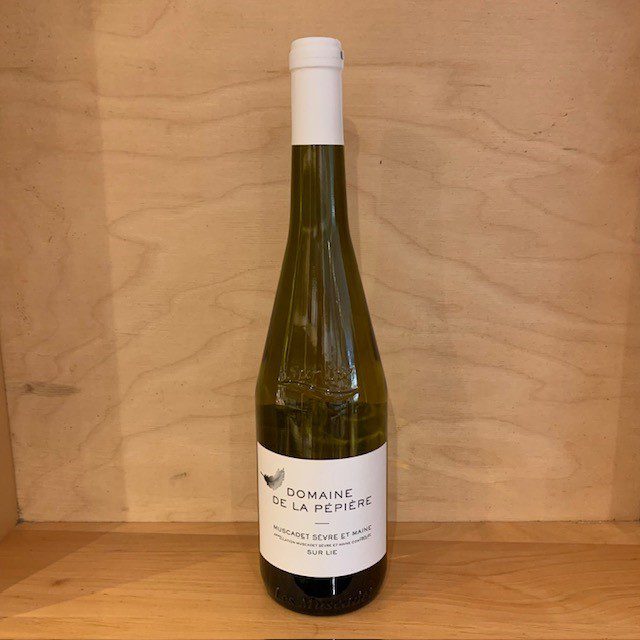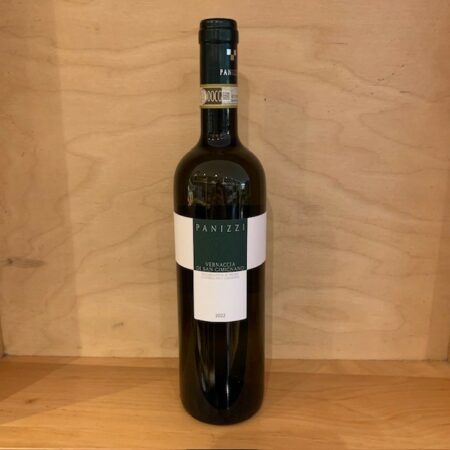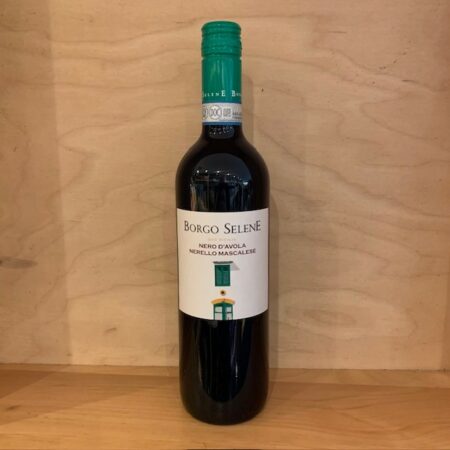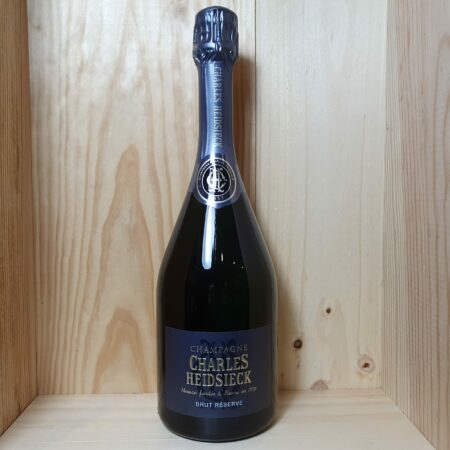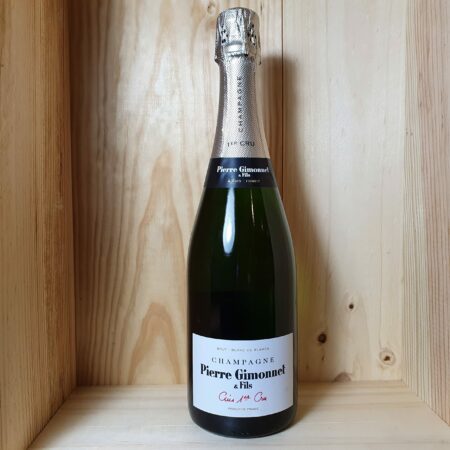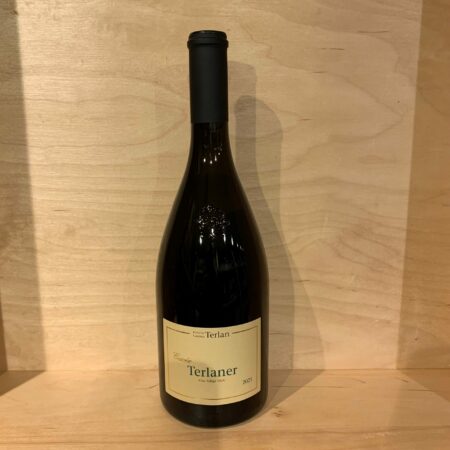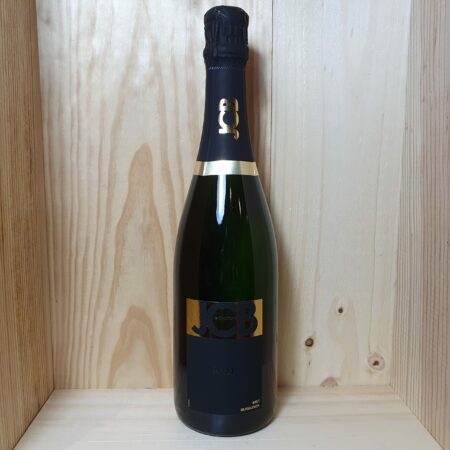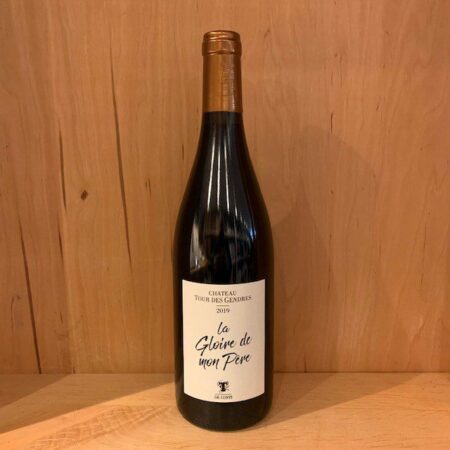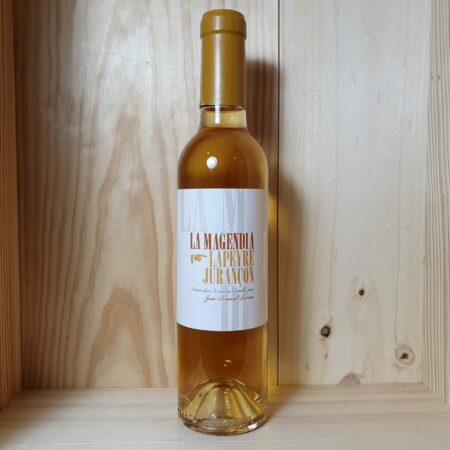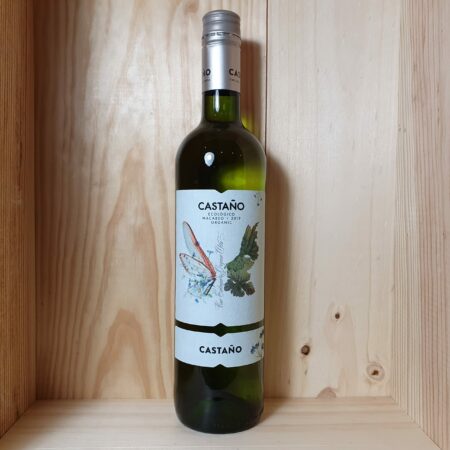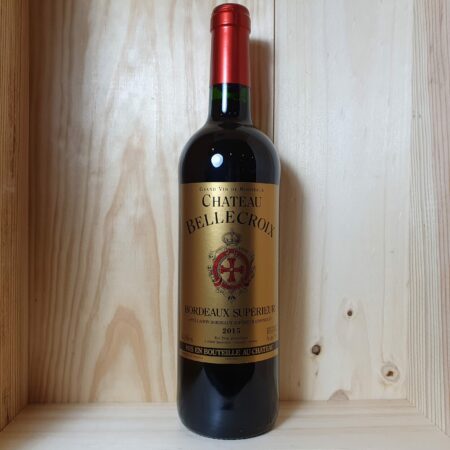Muscadet Sevre et Maine Sur Lie, Domaine de la Pepiere
£16.95
Marc Ollivier of Domaine de la Pépière is an example of a winemaker who has grown with his vines. In the early 1980’s Marc, who
was an engineer at the time, decided to move to the country for a slower pace of life. His father owned some vineyards in the cool
Atlantic-influenced zone of Muscadet-Sèvre et Maine but was not a winemaker. Marc took over his father’s vineyards and bought a
parcel called Clos de Briords from an elderly neighbour. Marc’s first vintage was 1985 and his primary goal as a winemaker at the
time was to simply complete fermentation. As such, he began fermentation using cultured yeasts and finished the wine off with a
dose of SO2. As Marc matured as a winemaker, he experimented with ambient yeasts and began bottling with minimal amounts of
SO2. The results were extraordinary; the wines showed greater depth, richness and complexity. Encouraged by his success, Marc
began transitioning all his vineyards to organic and continued his minimalist approach in the winery. His racy, lemon-tinged,
mineral-driven Muscadets have since become the benchmark for the region and have opened up a world of previously unknown
potential in the area. Marc’s success is combination of good fortune (his vineyards were never touched by wine consultants
encouraging new, higher yield clones) and an open minded, experimental approach to making the best possible wines.
Many of Marc’s vines are 40+ years old and some of his vineyards are planted on granite soils, a rarity in the region. All
the vineyards are from original stock: Ollivier is the only grower in the Muscadet who does not have a single clonal selection in his
vineyards. He also hand harvests (a rarity in the region) and uses only natural yeasts for fermentation. Extended lees
contact, often till April or May of the following year, adds added depth to the wines,
The Muscadet from Pepière is an excellent example. The wine is lemony, stony and bracing on the palate.
Excellent with shellfish dishes, especially oysters!
Out of stock
Related products
Charles Heidsieck Brut Reserve NV
Terlaner Cuvee, Cantine Terlano
Cantina Terlano is well known in Italian wine drinking circles for producing Italy’s longest lived white wines. Many memorable wines from the 1950s and 1960s, which rank amongst the greatest white wines of the world, were made here.
Located in the heart of the Terlan wine-growing region and founded in 1893, it is one of the oldest Alto Adige cooperatives. At that time, 24 growers set themselves the goal of joint production and sales marketing. Recognition and prosperity blossomed from there. Today Terlano has approximately 100 members, it farms 150 hectares and has an annual production of roughly 1.2 million bottles.
Under the expert eye of winemaker Rudi Kofler, the wines are sold and marketed according to three different quality categories. Furthermore, special older vintages have been stored in the valuable 'vinotheque', so that today roughly 12,000 bottles from 1955 to the present day are stored and some date back to even earlier days. This wine collection of older vintages is absolutely unique in Italy and proves that Terlano’s wines are able to age harmoniously for decades.
Brilliant pale yellow colour with green nuances. On the nose green apple and white peach combine with fine nuances of lemon balm and mint to create the typical aroma of the classic Terlano. On the palate the peach is very strong, too, lending the Terlano its lively but at the same time very mellow character. The multifaceted, well structured flavor derives from an interplay of freshness and minerality and also has a wonderfully persistent finish.
Great now, but this wine will gain richness and complexity with ageing. A perfect match for grilled fish and asparagus but this very food-friendly wine is remarkably versatile and can stand up to strongly flavoured dishes.
JCB No21 Cremant de Bourgogne, J.C.Boisset
‘La Gloire de mon Pere’ Bergerac Rouge, Chateau Tours des Gendres
‘La Magendia’ Jurancon Moelleux (37.5cl), Clos Lapeyre
Organic Macabeo, Castano, Yecla
This is a great value certified organic wine from the Castano family in South East Spain. This Macabeo (known as Viura further north in Spain and Macabeu in France) is a lovely light, fresh wine with good depth of citrus flavours. A versatile food wine with enough flavour to stand up to some spice but also delicious on it’s own!
